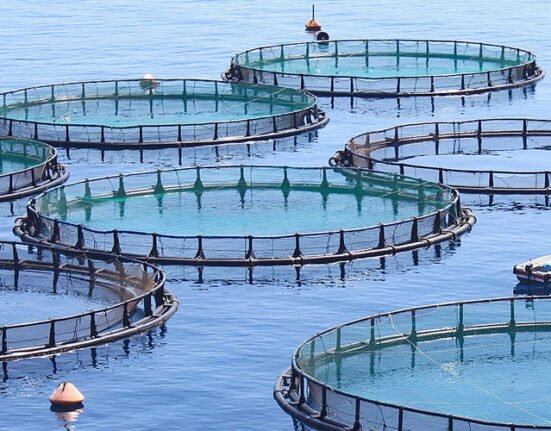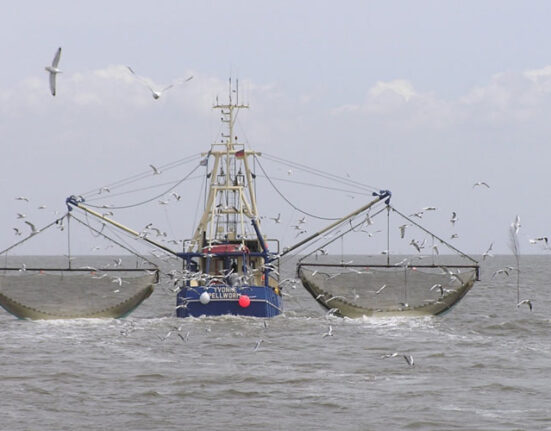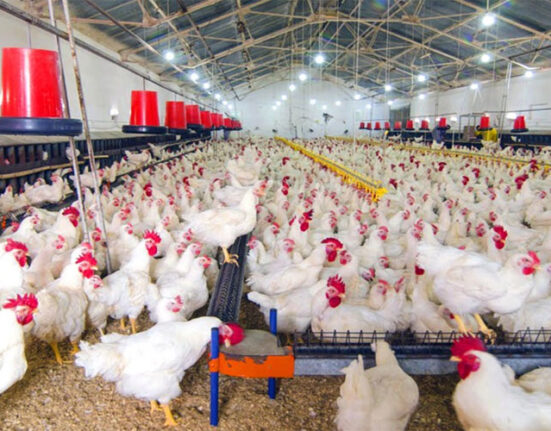New restrictions for recreational fishing along Western Australia’s coast have come into effect, aimed at boosting the recovery of species such as snapper and dhufish.
If you plan on casting a line from a boat anywhere along the 900 kilometres of coastline between Kalbarri and Augusta, here’s everything you need to know.
What’s changing?
Under a new sustainability plan, a total ban on the recreational fishing of demersal scalefish has been extended to a total of six months a year.
WA’s tough new fishing laws
Catching demersal scalefish from a boat is now prohibited from February 1 to March 31, from August 1 to the beginning of the September/October school holidays, and from the end of those holidays until December 15.
Anyone casting off boats outside of those dates will be limited to four demersal fish per vessel.
The new rules have also removed boat limits for dhufish, meaning fishers are allowed to catch two per person.
Size limits for dhufish, baldchin groper and breaksea cod have also been removed.
Who is impacted and who is exempt?
The restrictions apply to anyone fishing off a boat along the 900 kilometre-long stretch of coast from Kalbarri to Augusta.
Those fishing off land are exempt from the seasonal closures, but the Department of Primary Industries and Regional Development’s Aquatic Resources Director, Nathan Harrison, said that won’t have a major impact on stock.
“The number of demersal scalefish that are caught off the shore are very very small,” he said.
Charter boats and commercial fishers are also off the hook with the new restrictions.
WA Fisheries officers will patrol boat ramps along the coast and recreational fishers caught with demersal fish during the off-season could be fined up to $5,000.
“It’s up to recreational fishers themselves to make sure they do the right thing, because the future quality of this fishery is in the hands of recreational fishers,” Mr Harrison said.
Why is this happening?
A two-month ban and bag limits were introduced in 2010 as part of a 20-year plan to address overfishing, but a 2021 stock assessment off WA’s coast found populations were not recovering in line with the 2030 targets.
The report also flagged a shortage of older fish, which are the most important to sustain the fish population.
As a result, the WA government began industry-wide consultation last year to make changes to the plan in a bid to reduce catches by 50 per cent.
What do the recreational fishers say?
The seasonal closures are about a month-and-a-half longer than what RecFishwest put forward to the government, which the organisation believes is favouring the commercial sector.
“It goes well beyond what we need to meet the 50 per cent reduction target to ensure the sustainability from the recreational fishing sector’s perspective,” chief executive Andrew Rowland said.
He said 64 per cent of the West Coast demersal scalefish resource was allocated for “commercial profit”, and yet it accounted for a “very small portion of the local seafood supply”.
Mr Rowland said it is disappointing commercial fishers are still allowed to catch demersal fish during the restriction periods.
“We think the balance is wrong,” he said.
What does the commercial industry think?
The peak body for WA’s commercial fishing industry is concerned the new rules don’t go far enough to protect vulnerable fish such as dhufish, a fish unique to WA waters.
Darryl Hockey from the WA Fishing Industry Council said recreational fishers could still catch an unsustainable amount of demersal fish in the off-season.
“The total allocation for the recreational sector is 115,000 kilograms; there are 40,000 active recreational fishers in the West Coast bioregion,” he said.
“So that works out to about three kilos of fish per fisher per year.
“But a fisher can now take two dhufish every day, which is double their entire annual demersal allocation, and do so for as often as the weather will allow for six months of the year.”
What does the government say?
But the fears of continued overfishing were dismissed by Clinton Syers, principal management officer at the Department of Primary Industries and Regional Development (DPIRD).
“There are some fishers that are very avid and catch a lot more than the average person,” he said.
“While there might be 40,000 people wanting to take dhufish and pink snapper throughout the year, the reality is it’s only a small proportion that catch the significant amount of that, and it averages out at about three kilograms (of fish per person) each year.”
What’s next?
DPIRD will monitor the impact of the new management changes on stocks and will finalise the next stock assessment at the end of 2023.
The government is also putting forward $10 million to fund the license buyback, extra monitoring and research on the species, and an education program to help fishers better understand the state of the fishery and the new rules.















Leave feedback about this